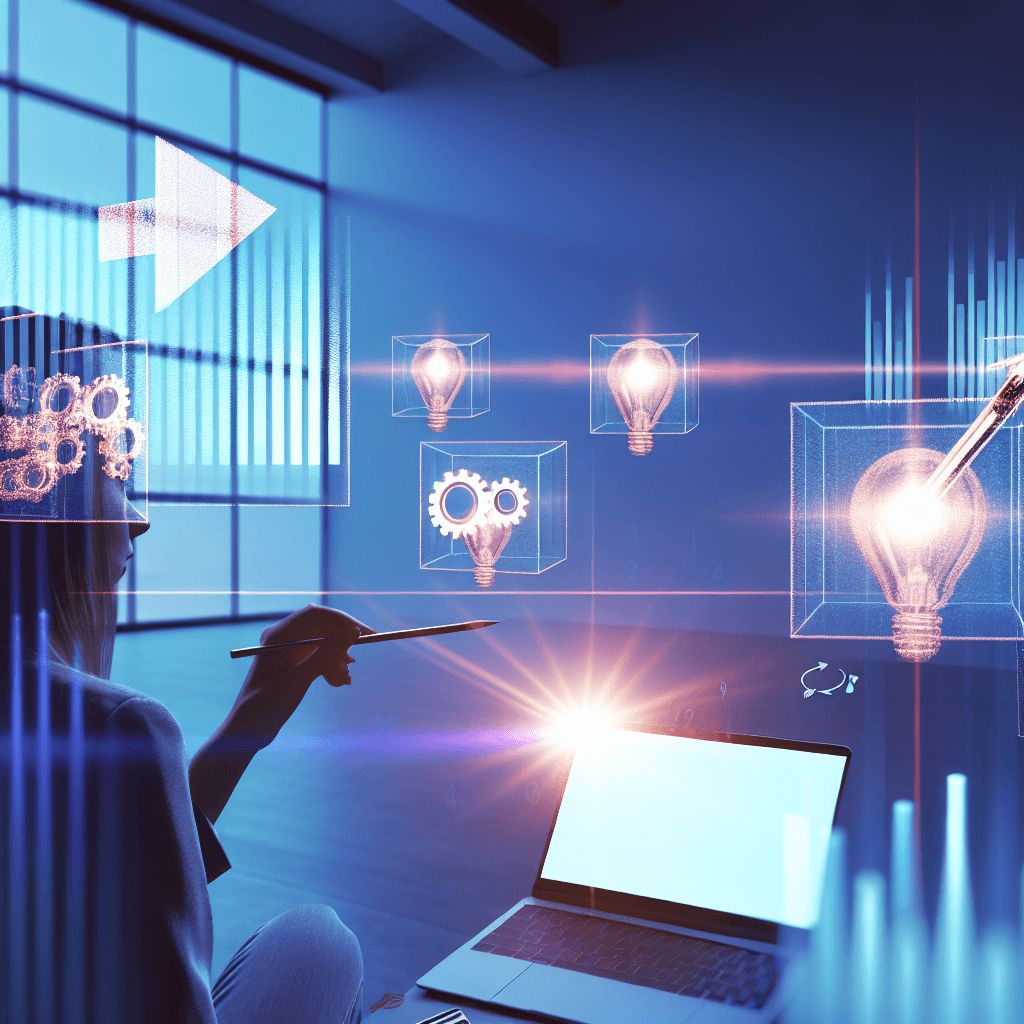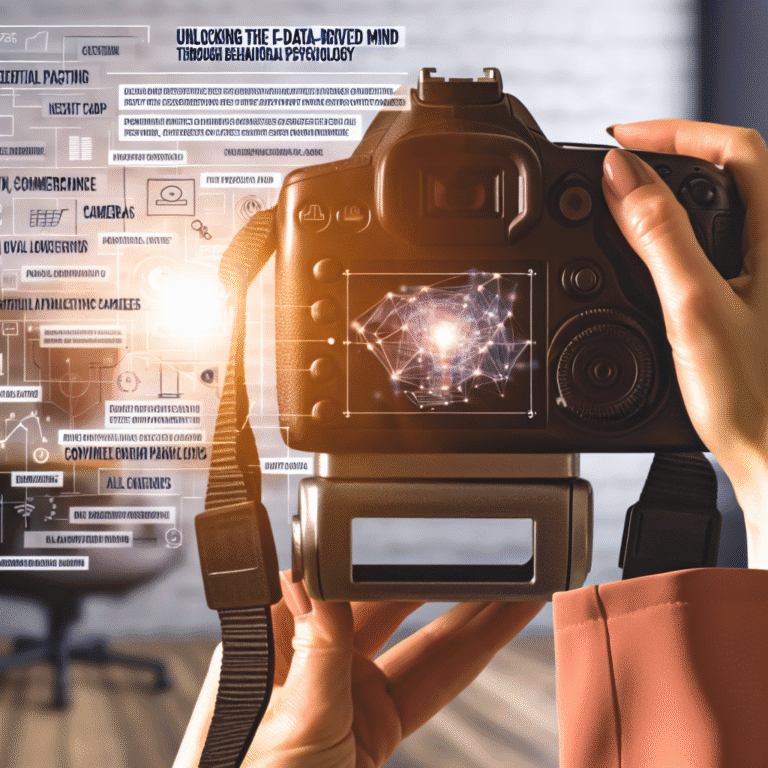Crack the Buyer’s Brain: What Makes Shoppers Tick in E-commerce
Imagine this. You have an online shop that's slower than a chatty grandma, yet your sales graph looks deader than a Monday mood. Turns out, it’s not your website playing up. It’s the people. More specifically, it’s what goes on in their heads.
Growth isn’t about finessing login buttons or chasing Facebook ad figures like a dog with a squirrel. It's about getting why customers think the way they do, especially when their fingers hover over "Buy Now." Once you realise the power’s in their noggin, you’ll stop fretting over pixels and start appealing to instincts.
Here's how it all works.
Why Buyer Psychology is the Real Growth Engine
Let’s clear something up — constant discounts might peek up sales in the short run, but they’re no long-term solution. Real growth comes from nudging buyers in the right emotional places.
Here’s where the magic of the mind kicks in:
- We make decisions with our hearts and justify with our heads.
- The brain’s a bit lazy, leaning on quick judgements and biases.
- Small stuff like button shape or colour can change everything.
So yes, it’s a design issue. But it’s more about how you steer their emotions than about colours and icons. Let’s explore the psychological tricks that actually make a difference.
Top 10 Psychological Triggers for E-commerce Sales
These tricks aren’t just fluff. They’re rock-solid strategies that get results. And they’re dead easy to start using.
Social Proof
People follow the crowd. It’s hardwired in us.
- Example: “43 people bought this in the last 24 hours” doesn’t just inform, it persuades.
- Tip: Add a live sales notification to your pages.
Loss Aversion
We fear losing more than we love winning.
- Example: “Only 2 left” pushes harder than “20% off.”
- Tip: Use low-stock alerts to spur action.
Authority Bias
Expert endorsements build trust quicker than you can say "as seen on TV."
- Example: “As seen in GQ” or “Doctor-approved” foster confidence.
- Tip: Place trust badges and endorsements near the all-important buttons.
Anchoring
We compare prices without even realising.
- Example: A £149 item seems like a steal when next to a £249 item.
- Tip: Offer pricing tiers to help customers perceive value.
Reciprocity
Give a little something before you expect them to open their wallets.
- Example: A free quiz or helpful guide warms folks up before you sell.
- Tip: Offer a useful tool in exchange for an email.
Scarcity
Urgency equals action.
- Example: “Sale ends in 3 hours” gets people moving faster than a product description.
- Tip: Use timers — sparingly, so they don't annoy.
Commitment & Consistency
Once we start saying yes, we tend to keep going.
- Example: Someone who grabs a freebie is more likely to purchase later.
- Tip: Add small steps that encourage engagement, like quick quizzes or sneak peeks.
The Decoy Effect
Price the high ticket option to make the middle look just right.
- Example: Options at £20, £40, and £45. Most will pick the £40 option because £45 makes it seem reasonable.
- Tip: Use price comparisons to guide buyers.
Frictionless Flow
Extra clicks can kill a sale faster than bad wifi.
- Example: One less field in a form boosted conversions by 12%.
- Tip: Utilise autofill and smooth checkout processes.
Personalisation and Familiarity
Addressing someone by name feels welcoming, not weird.
- Example: “Hi Sarah, welcome back” is warm and fuzzy, much like your Netflix page.
- Tip: Implement suggestions based on past behaviour.
How Different Niches Tap into Buyer Psychology
Not every market is the same. Let’s see what works where.
Fashion & Beauty
- Emotional Drivers: Yearning for style, fear of missing out, self-expression
- Effective Triggers:
- Influencer content builds community
- Flash sales create a hurry-up feeling
- Shoppers buy what reflects their ideal self
Take Glossier. It thrived, not on face creams, but on making you feel like you belong.
Home & Living
- Emotional Drivers: Security, comfort
- Effective Triggers:
- Authentic photos ease buying decisions
- Design tools increase connection to the product
- Easy returns build trust ahead of purchase
Look at Made.com — real photos upped their sales by quashing nervous fears.
Subscription E-commerce
- Emotional Drivers: Ease, habit
- Effective Triggers:
- Free trials lure with curiosity and mutual benefit
- Yearly deals make subscriptions seem a smarter decision
- Sneak peeks create anticipation
HelloFresh isn't just about food; it's about simplicity and saving time in the kitchen.
Consumer Electronics
- Emotional Drivers: Clarity, reliability
- Effective Triggers:
- In-depth specs cater to the detail-minded
- Genuine reviews build a reputation
- Unboxing videos offer a risk-free try-out
Anker didn’t soar through showiness, but through solid reviews and delivering value without the fluff.
Conclusion
Many ecommerce managers get lost in click rates and A/B testing, forgetting what really sells — understanding human brains. It’s not fluffy extra work for designers; it's the key to making big bucks online.
So, stop worrying about pixel precision. Test out one of these triggers. See what makes your buyers click. The moment you forget selling to logic and start appealing to emotion, that’s when you’ll see results.
Ready to see what happens when you crack the buyer’s brain? Pick a trigger, try it out, and watch sales soar.





